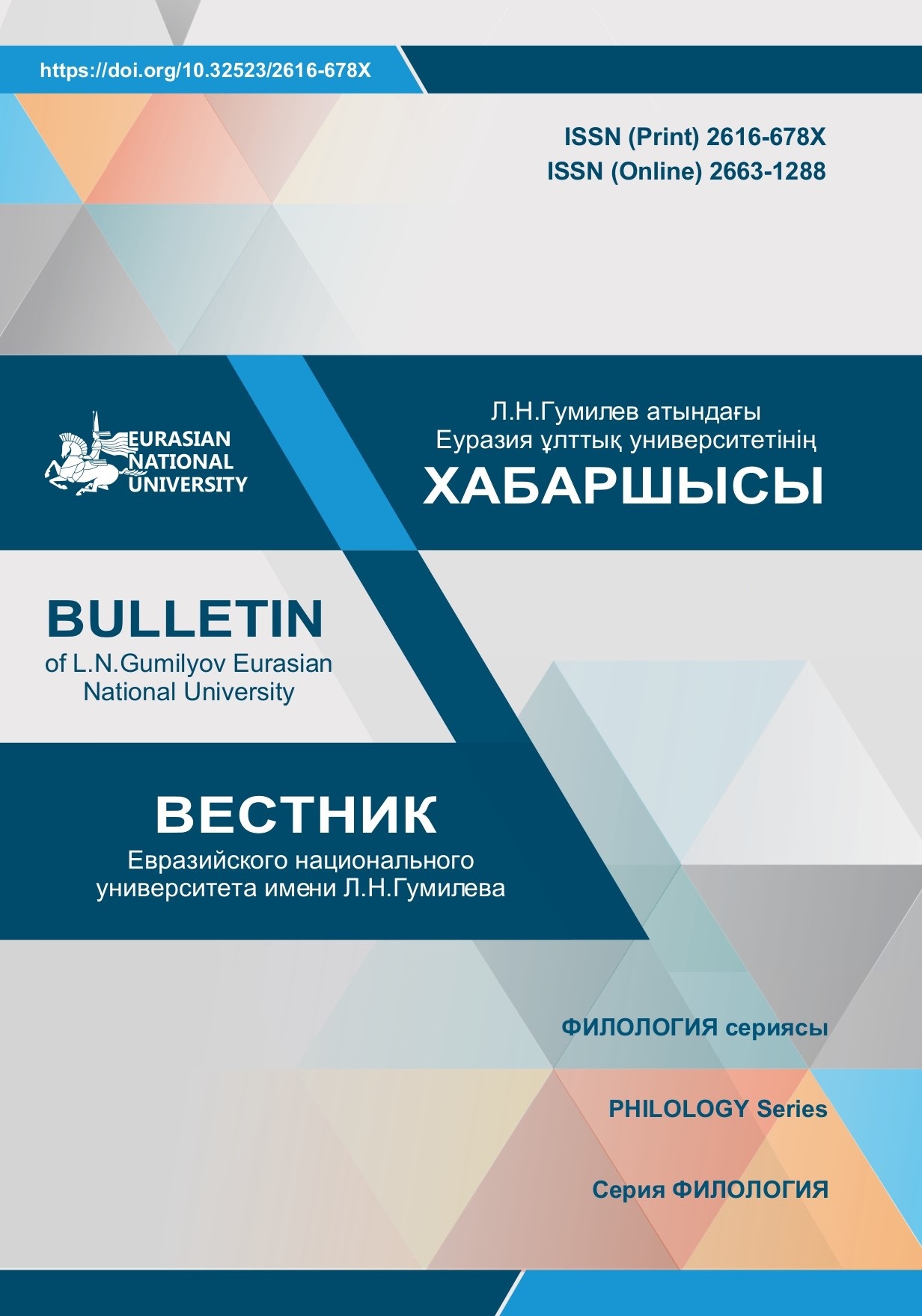Красота на хинди и в казахском языке: психолингвистический эксперимент
Просмотры: 144 / Загрузок PDF: 194
DOI:
https://doi.org/10.32523/2616-678X-2021-135-2-92-99Ключевые слова:
красота, психолингвистический эксперимент, ассоциативный эксперимент, этническая специфика, казахский язык, хиндиАннотация
Особый интерес представляет понятие «красота» в разных культурах. Целью исследования было описание способов концептуализации красоты носителями разных языков, моделирование
ассоциативного поля стимула красоты на хинди и казахском языке, выявление сходств и различий в
концептуализации красоты у представителей индийской и казахской культур. В статье представлены
результаты психолингвистического исследования, в рамках которого проводился ассоциативный эксперимент с группами респондентов из Индии и Казахстана, обучающихся в Западно-Казахстанском медицинском университете имени Марата Оспанова. Выявлены общие и специфические компоненты, идентифицированные в ассоциативном значении стимула красота, обусловленные различиями в структуре
языков и этнической спецификой индийской и казахской культур.







